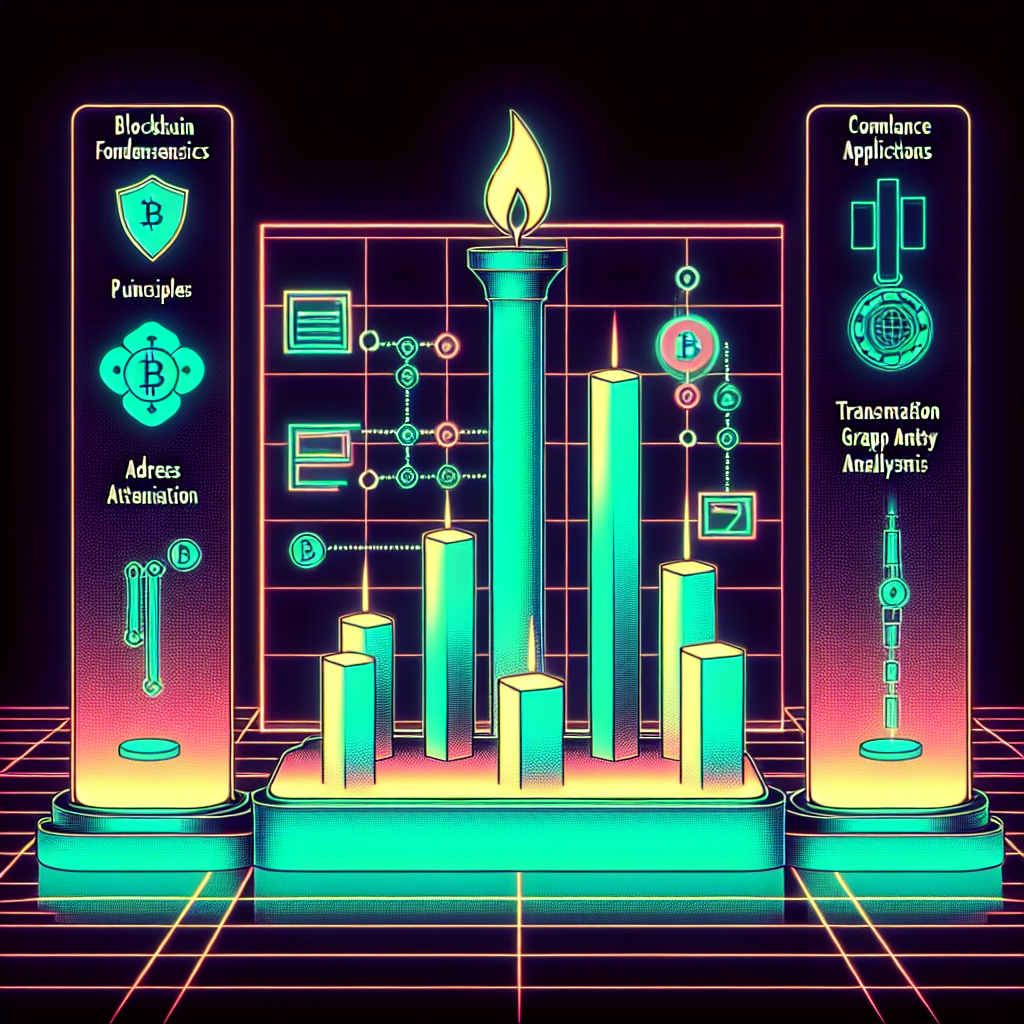Blockchain Forensics Fundamentals: Address Attribution, Transaction Graph Analysis, and Compliance Applications

Introduction
Cryptocurrencies promised censorship resistance and pseudonymity, but they also produced a public, immutable ledger that anyone can inspect. Blockchain forensics is the discipline that turns those open ledgers into actionable intelligence by tracing value flows, identifying counterparties, and generating evidence that stands up in court. From law-enforcement agencies hunting ransomware operators to compliance teams screening deposits, understanding the fundamentals of address attribution, transaction graph analysis, and regulatory applications is essential for anyone working in the digital-asset ecosystem.
What Is Blockchain Forensics?
Blockchain forensics combines data science, cryptography, and investigative tradecraft to map on-chain activity back to real-world entities. Analysts collect raw block data, apply heuristic clustering, enrich it with off-chain information, and visualize money movement to spot patterns that indicate fraud, money laundering, sanctions evasion, or simple mistakes. The process is both art and science: art in framing hypotheses and interpreting weak signals, science in building reproducible algorithms that resist false positives.
Core Data Sources
Investigations begin with node-level data—blocks, transactions, and addresses—but quickly expand to mempool records, token metadata, DeFi contract events, and historical exchange rates. High-quality blockchain explorers and commercial API providers supply normalized datasets that remove the burden of parsing each protocol’s idiosyncratic encoding. Investigators also harvest open-source intelligence (OSINT) such as forum posts, GitHub commits, and even court filings to correlate on-chain events with off-chain identities.
Address Attribution
Address attribution is the task of linking one or more blockchain addresses to the entity that controls them. Because addresses are cheap to create, a single user can generate thousands, making one-to-one mapping impossible. Forensic tools therefore build clusters—groups of addresses that likely belong to the same wallet—using probabilistic heuristics and external labeling.
Clustering Heuristics
The most common heuristic is multi-input clustering: when a transaction spends coins from multiple input addresses, all those addresses are presumed to share a private key set, implying common ownership. Change-address detection, which identifies the “change” output returning to the sender, also helps grow clusters. While effective, these rules can be defeated by CoinJoin mixers or collaborative custody schemes, so analysts assign confidence scores rather than binary conclusions.
Enriching With Off-Chain Intelligence
Attribution becomes stronger when on-chain clustering is combined with off-chain touchpoints. Centralized exchanges leak identifiers through deposit addresses published in customer dashboards. Law-enforcement subpoenas, social-media bragging, ransomware notes, and customer support tickets all contribute labels that transform anonymous strings into named entities. Modern blockchain intelligence platforms crowdsource these labels across thousands of investigative teams, creating network effects that accelerate future attributions.
Transaction Graph Analysis
Once addresses are clustered, investigators construct directed graphs where nodes represent clusters and edges represent value transfers. Traversing these graphs over time reveals money-laundering typologies such as layering, structuring, and peel chains. Graph analytics borrowed from social-network science—centrality measures, community detection, and subgraph isomorphism—allow analysts to surface anomalous flows that merit deeper inspection.
Flow Tracking Techniques
Flow analysis can be deterministic or probabilistic. Deterministic approaches, such as the common-spend heuristic, work well in UTXO-based chains like Bitcoin. Probabilistic methods, like the “taint” algorithm or Markov-chain modeling, assign fractional attribution when coins are mixed in shared outputs. Visual tools display these flows as Sankey diagrams or time-ordered hop graphs, helping stakeholders grasp complex laundering schemes at a glance.
Detecting Mixing and Obfuscation
Mixers, tumblers, and privacy protocols attempt to sever the link between sender and recipient by combining funds from many users. Analysts detect such activity by recognizing signature patterns—equal-sized outputs, rapid multi-hop transfers, or specific contract calls in protocols like Tornado Cash. Chain-hopping, where value is bridged across networks, leaves time-correlated traces that multi-chain analytics can stitch back together, defeating the obfuscation attempt.
Compliance and Investigative Applications
The practical payoff of blockchain forensics lies in its compliance and investigative use cases. Financial institutions, exchanges, payment processors, and DeFi protocols must meet Know Your Customer (KYC) and Anti-Money Laundering (AML) obligations that increasingly include on-chain screening. Meanwhile, regulators and law-enforcement agencies leverage the same techniques to freeze illicit assets, recover ransomware proceeds, and dismantle darknet marketplaces.
KYC and AML Screening
When a customer deposits crypto, compliance software automatically checks the source address against risk databases populated with ransomware wallets, sanctioned entities, and darknet services. A risk score determines whether the deposit can be credited, needs enhanced due diligence, or must be reported. Continuous transaction monitoring then watches for suspicious patterns, like rapid withdrawals to high-risk clusters or structuring below reporting thresholds.
Regulatory Reporting Obligations
Jurisdictions such as the United States require Suspicious Activity Reports (SARs) when transactions exceed certain risk or value thresholds. The European Union’s Transfer of Funds Regulation extends the “travel rule” to virtual-asset service providers, mandating that originator and beneficiary information travel with the transfer. Robust blockchain forensics supplies the evidence base, enabling institutions to file accurate, timely reports and avoid hefty fines.
Challenges and Future Directions
Blockchain forensics faces an arms race against privacy technologies. Zero-knowledge rollups, stealth addresses, and threshold multi-party wallets reduce the efficacy of current heuristics. Meanwhile, the sheer volume of on-chain data—petabytes across thousands of networks—demands scalable infrastructure and advanced machine learning to spot weak signals. Standardization is also lagging; investigators often reinvent parsing pipelines for each new protocol. Collaborative frameworks, open-source tooling, and regulatory clarity will be vital to keep pace with innovation while respecting legitimate privacy concerns.
Conclusion
Address attribution, transaction graph analysis, and compliance workflows form the backbone of modern blockchain forensics. Mastering these fundamentals allows organizations to mitigate risk, support law enforcement, and foster trust in the broader crypto economy. As privacy technologies evolve, so too must forensic methodologies. Forward-thinking teams that invest in data quality, cross-chain visibility, and interdisciplinary talent will remain a step ahead, ensuring that transparency—one of blockchain’s core promises—continues to serve the public good.